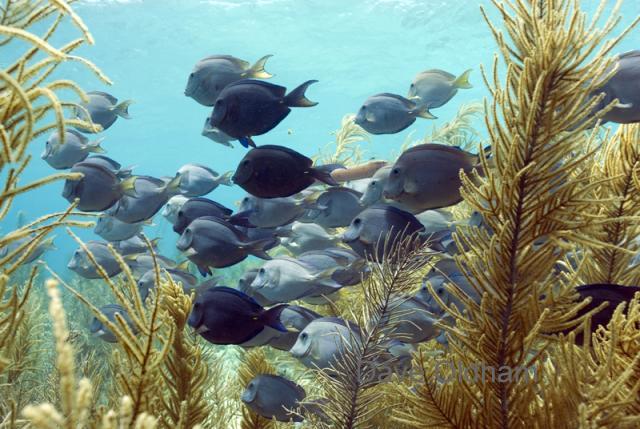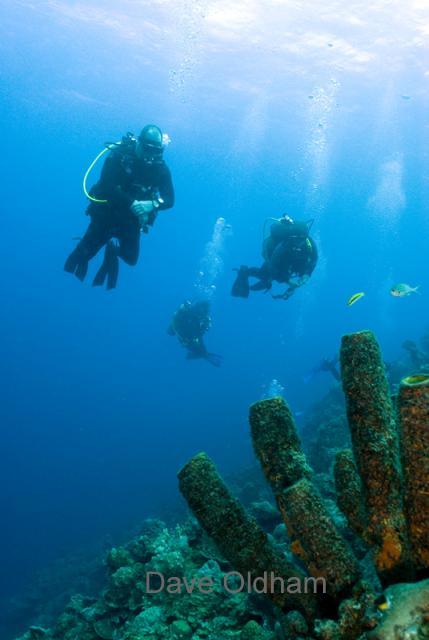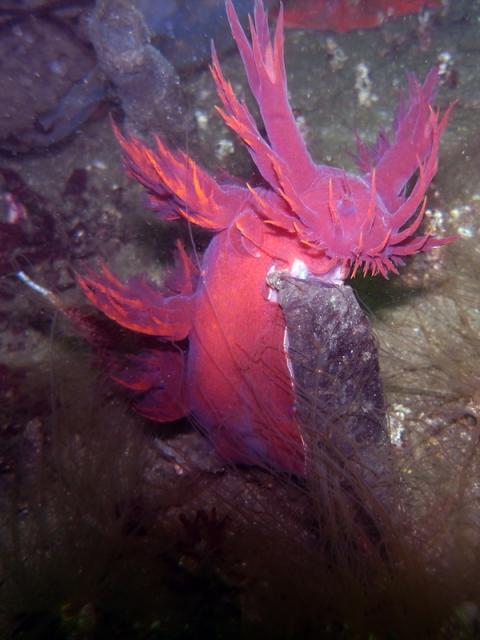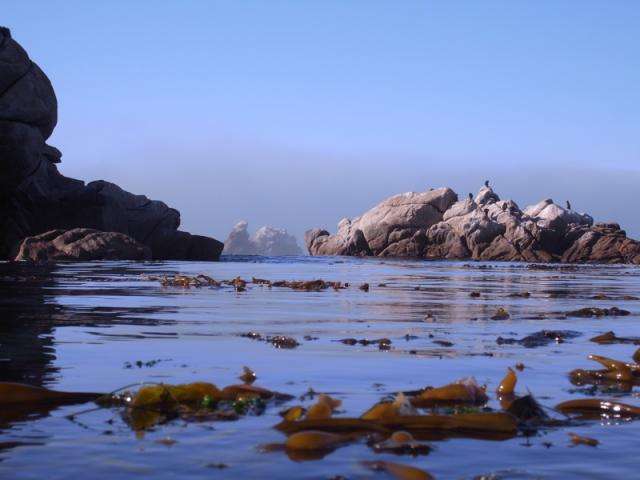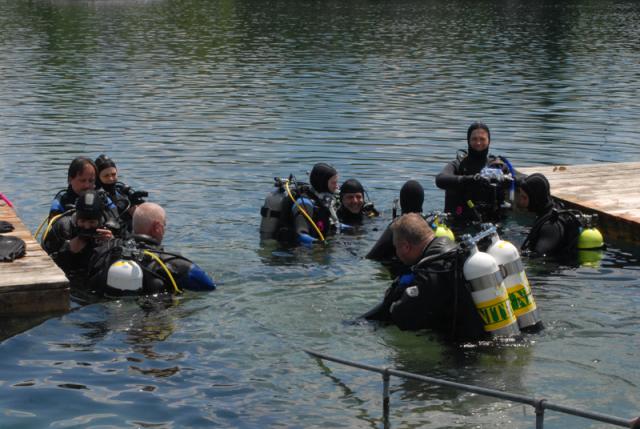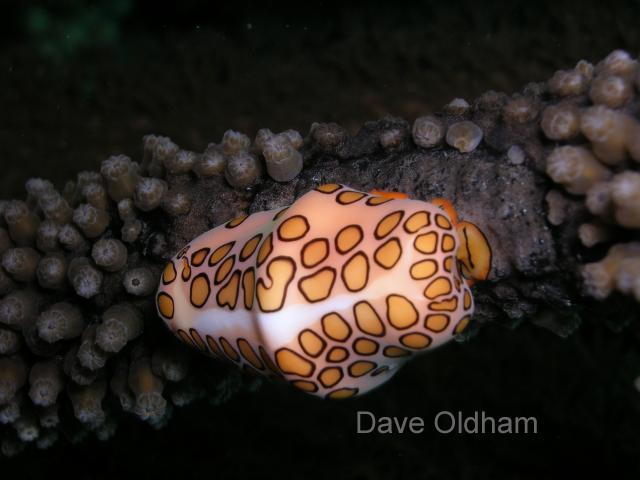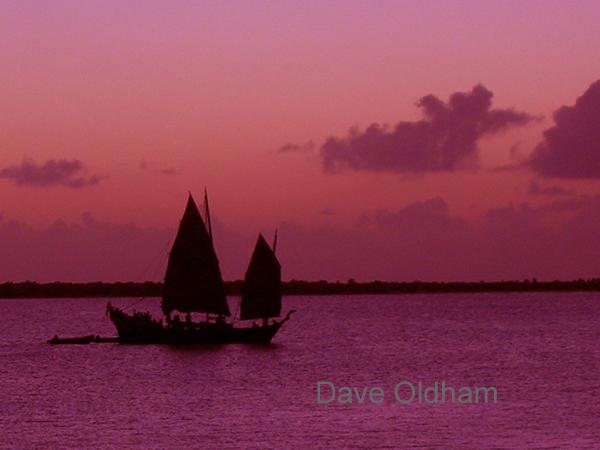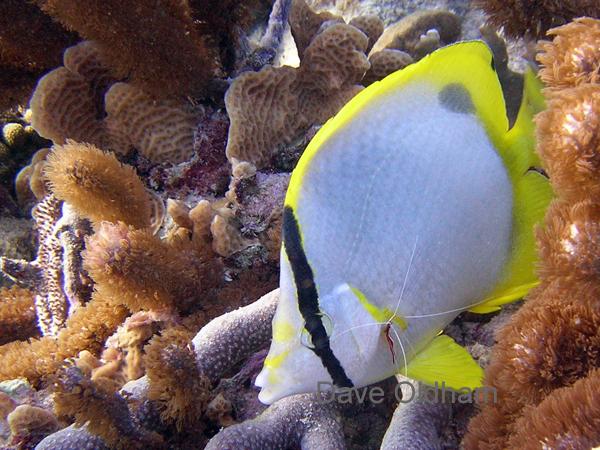Val and I joined our local dive shop on a trip to Bonaire. This was my third visit and Val’s fourth. We stayed with Buddy Dive again, and as usual had a great time. Augusto and his dive staff took great care of us.
On previous trips we were there in February. This trip was scheduled for April. While I’m not sure how much difference that makes, it was obvious that there was more cloud cover, and it even rained once or twice. It’s my understanding that April tobogan acuatico hinchable starts the rainy season in the Carribean. To be fair, the rain only lasted a few minutes, and was usually at night, or early morning. It soon passed, and the trade winds quickly dried everything off. The only real issue was my dive gear drying on the porch. No charge for the fresh water rinse.
This year I brought my KISS GEM rebreather. The unit is Passive Semi-closed circuit. Perfect for Bonaire diving. It attaches to a standard Nitrox cylinder, and extends the gas supply by up to three times. So, I was doing dives over 3 hours on a single tank. I always say that the most difficult part of diving is donning / doffing gear as well as entry and exit. This unit allows me to reduce those issues. Normally I’d do four to 5 dives a day with total dive time of 5-6 hours. Now I can do two dives with the same bottom time. Given the complications of dragging camera gear along, this is a real boon.
This trip was my first time with the GEM in warm water. Up in New Jersey, we dive drysuits year round. Now I get to dive in 80 degree water with a new wetsuit. I also broke down and brought my “real” camera. I’ve had a housing for my Nikon SLR for years, but this was the first time I packed it for a Carribean trip. What a difference! I love my Sea&Sea 2G, but it just can not compare to an SLR.
With all the new gear, the first few dives were just to get my act straight. It took a few mods to get my weights adjusted for proper trim. I regretted leaving my backplate at home. It would have made this much easier. The new wetsuit also caused a few adjustments. During this process I spent time on the Buddy Dive reef. Fortunately, it’s a nice reef with some interesting fish life.
I found out from the staff that Buddy Dive has a project to seed the reef. They are working with the Bonaire community to help cultivate the staghorn coral and acropora in the shallow areas damaged by storms. There were several areas that were being used to study the coral’s growth. One large staghorn cropping was just off the dock. It was naturally seeded and was growing very well.
